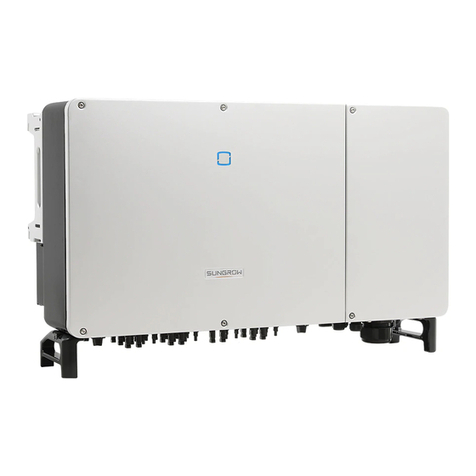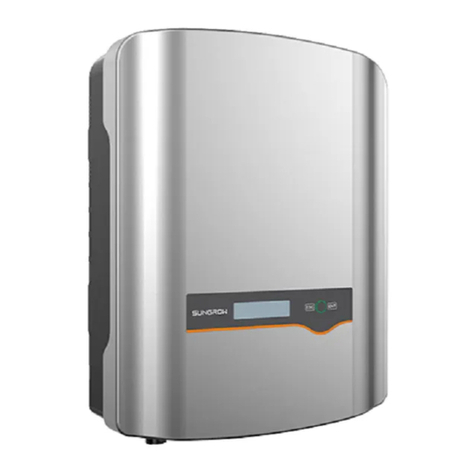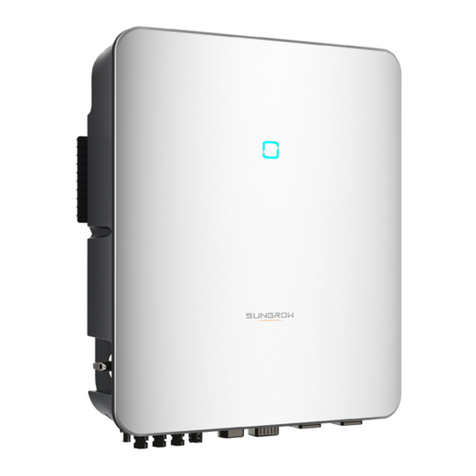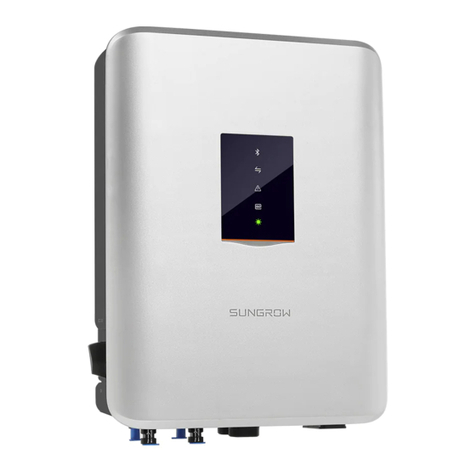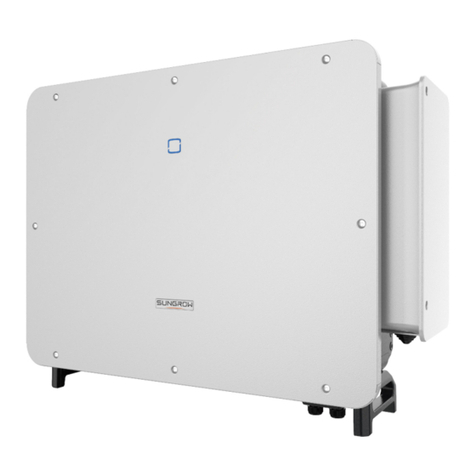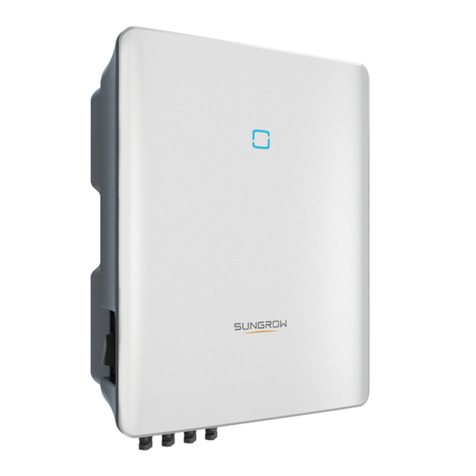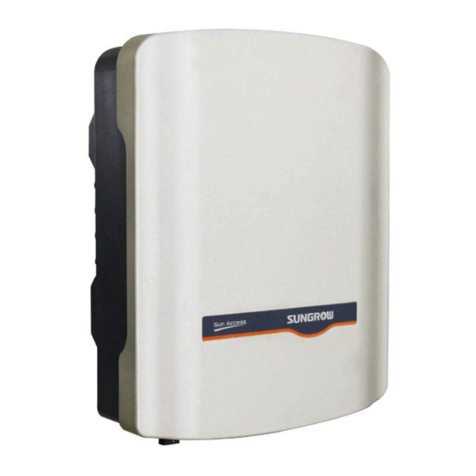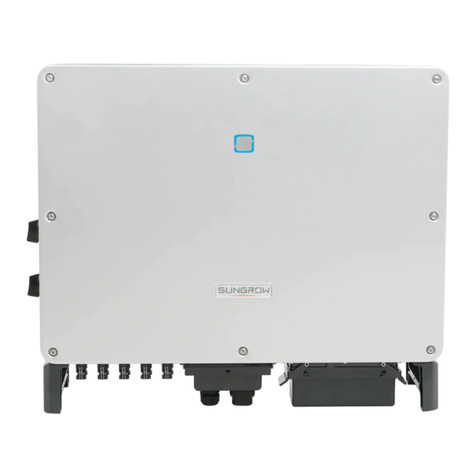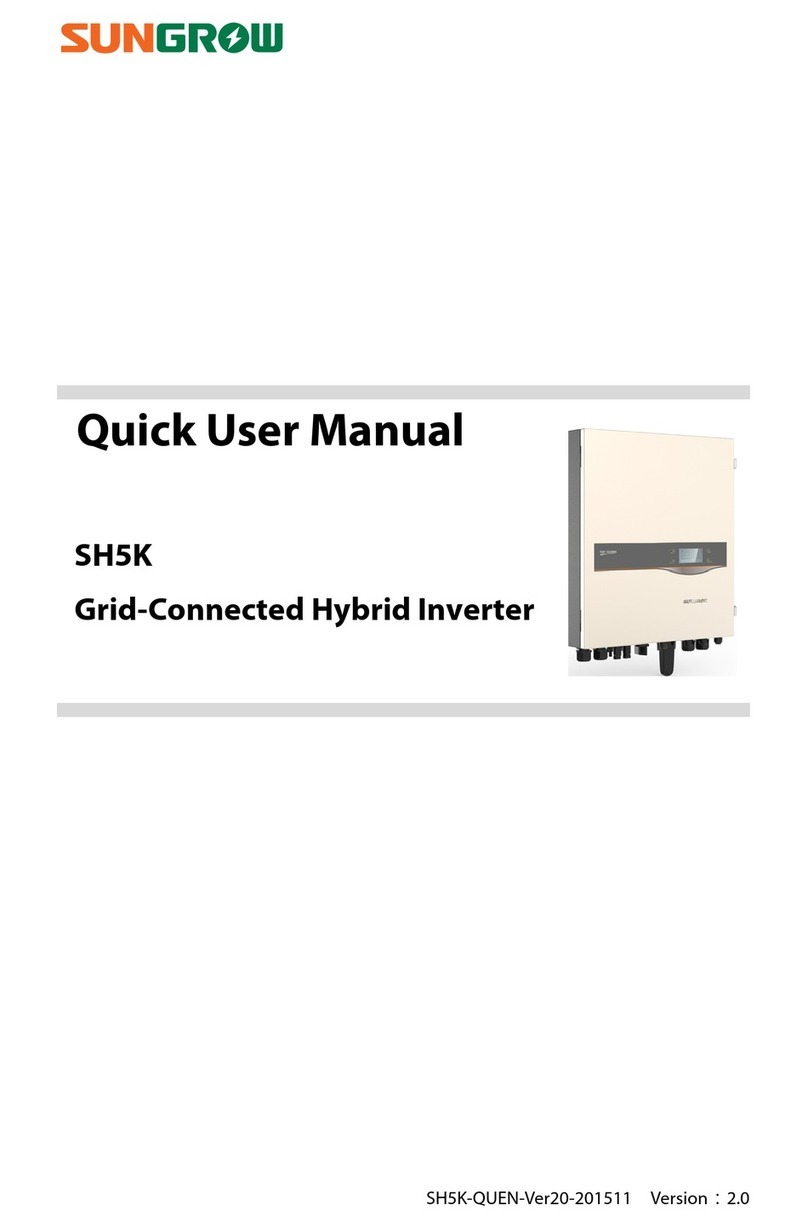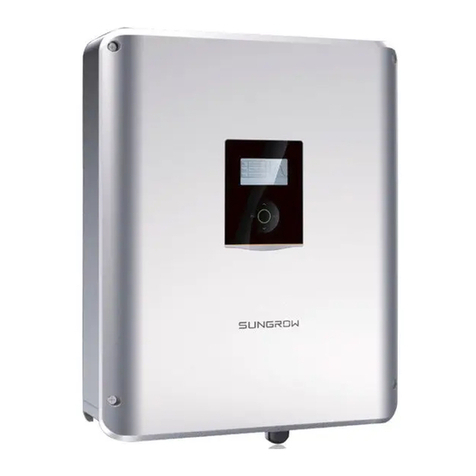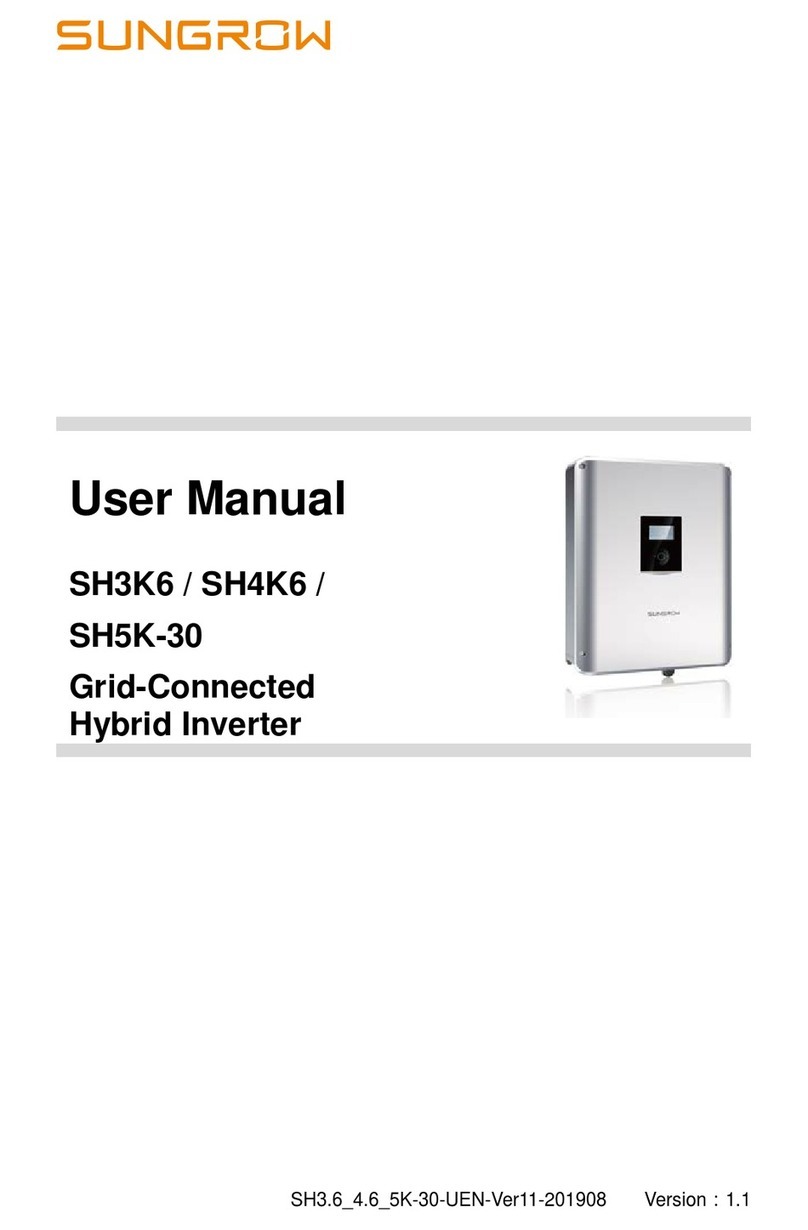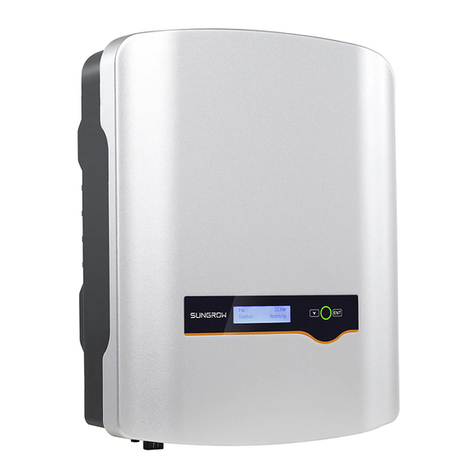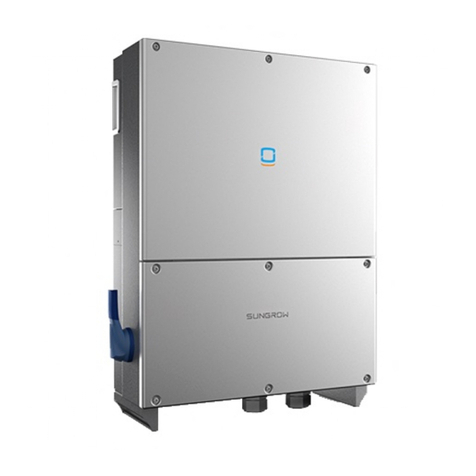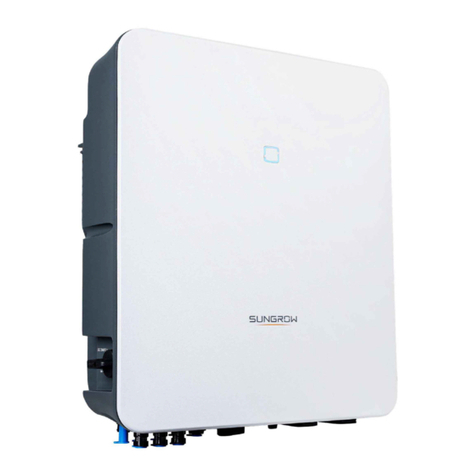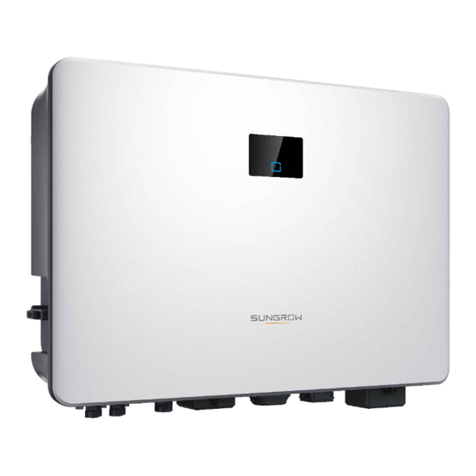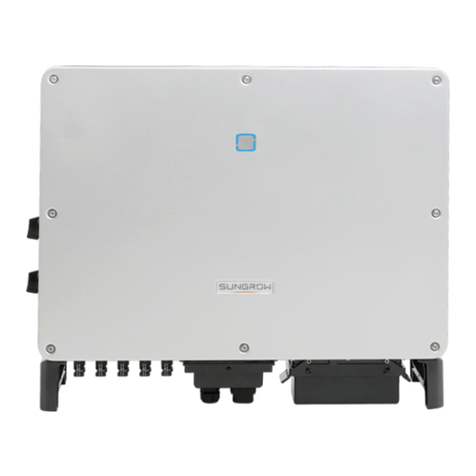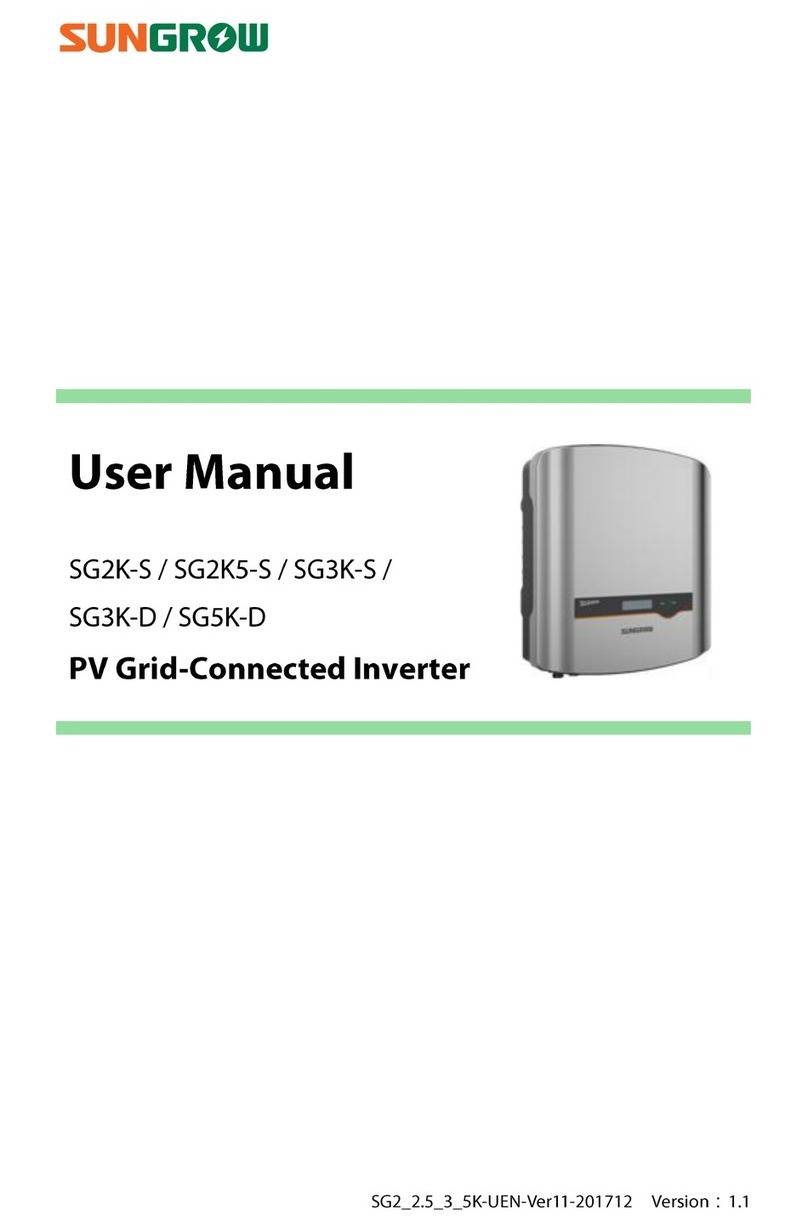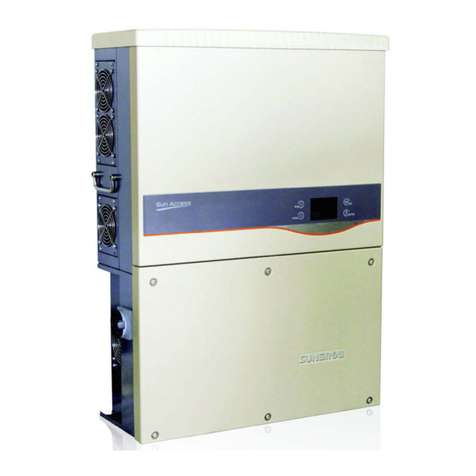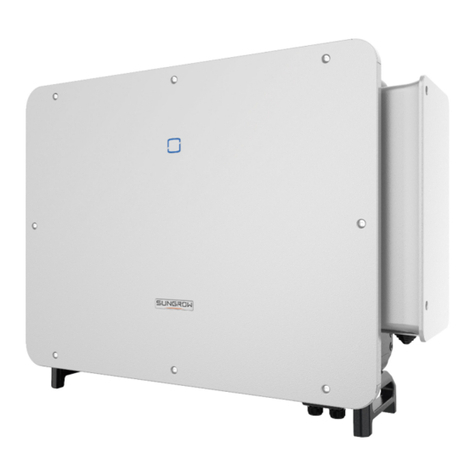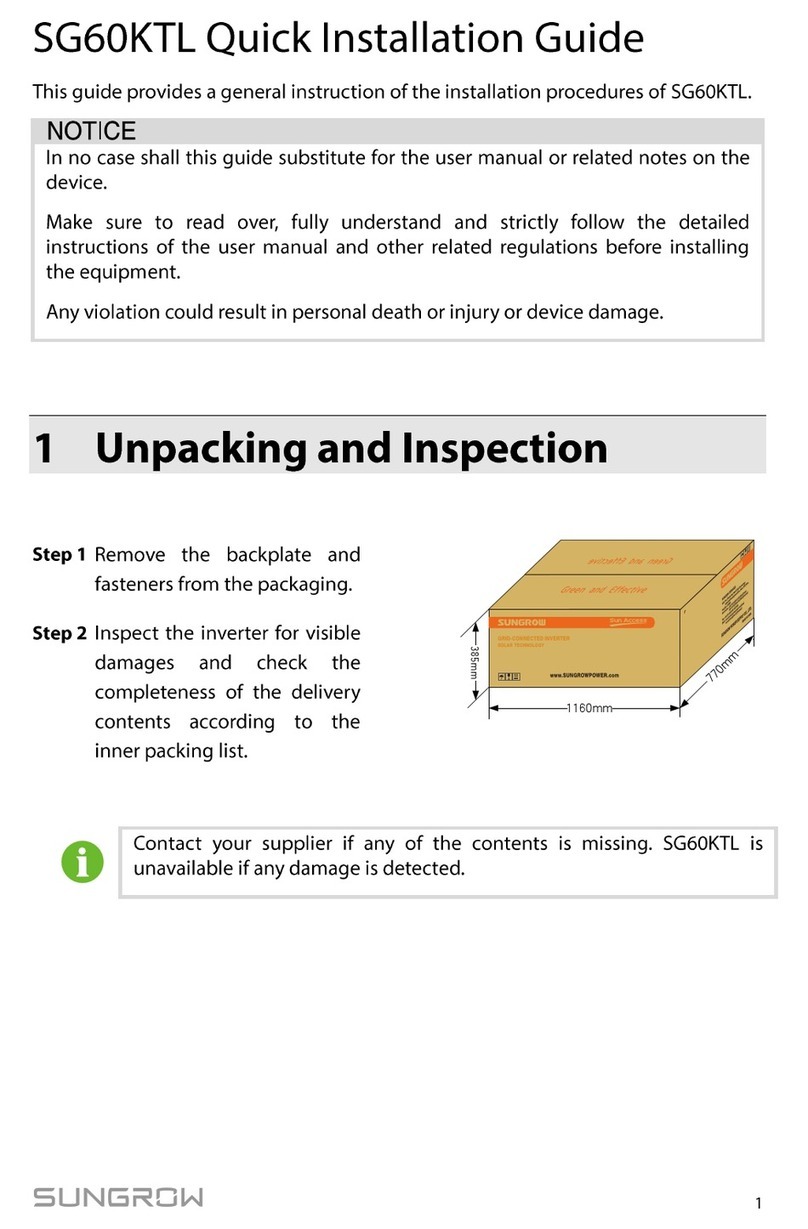
II
3.3 Inverter Design ..........................................................................................11
3.3.1 Inverter Views....................................................................................11
3.3.2 Mechanical Parameter..................................................................... 12
3.3.3 Internal Components........................................................................ 13
3.3.4 Ventilation Design ............................................................................ 14
3.3.5 Cable Entry Design .......................................................................... 14
3.4 Module Design.......................................................................................... 15
3.4.1 Appearance of the Modules ............................................................. 15
3.4.2 Electrical Connections Area ............................................................. 16
3.5 Intelligent PMD ......................................................................................... 16
3.5.1 Brief Introduction.............................................................................. 16
3.5.2 Appearance...................................................................................... 16
3.5.3 Connections Area............................................................................. 17
4Delivery................................................................................... 18
4.1 Scope of Delivery ..................................................................................... 18
4.2 Identifying the Inverter.............................................................................. 19
4.3 Checking for Transport Damages............................................................. 19
4.4 Storage of the Inverter.............................................................................. 20
5Mechanical Installation.......................................................... 21
5.1 Transport .................................................................................................. 21
5.2 Hoisting the Inverter ................................................................................. 22
5.2.1 Safety Precautions........................................................................... 22
5.2.2 Hoisting ............................................................................................ 23
5.2.3 Fastening of Connectors.................................................................. 23
5.3 Foundation................................................................................................ 24
5.3.1 Selection of Installation Site............................................................. 24
5.3.2 Foundation Requirements................................................................ 24
5.3.3 Recommended foundation construction plan................................... 25
5.3.4 Other Precautions ............................................................................ 28
5.4 Flashings Installation................................................................................ 29
5.4.1 Brief Introduction.............................................................................. 29
5.4.2 Preparation before installation ......................................................... 29
5.4.3 Installation Steps.............................................................................. 29
5.5 Removing Sealing Tapes and Sealing Plates........................................... 30
6Electrical Installation............................................................. 32
6.1 Safety Instructions.................................................................................... 32
6.1.1 Generals rules.................................................................................. 32
